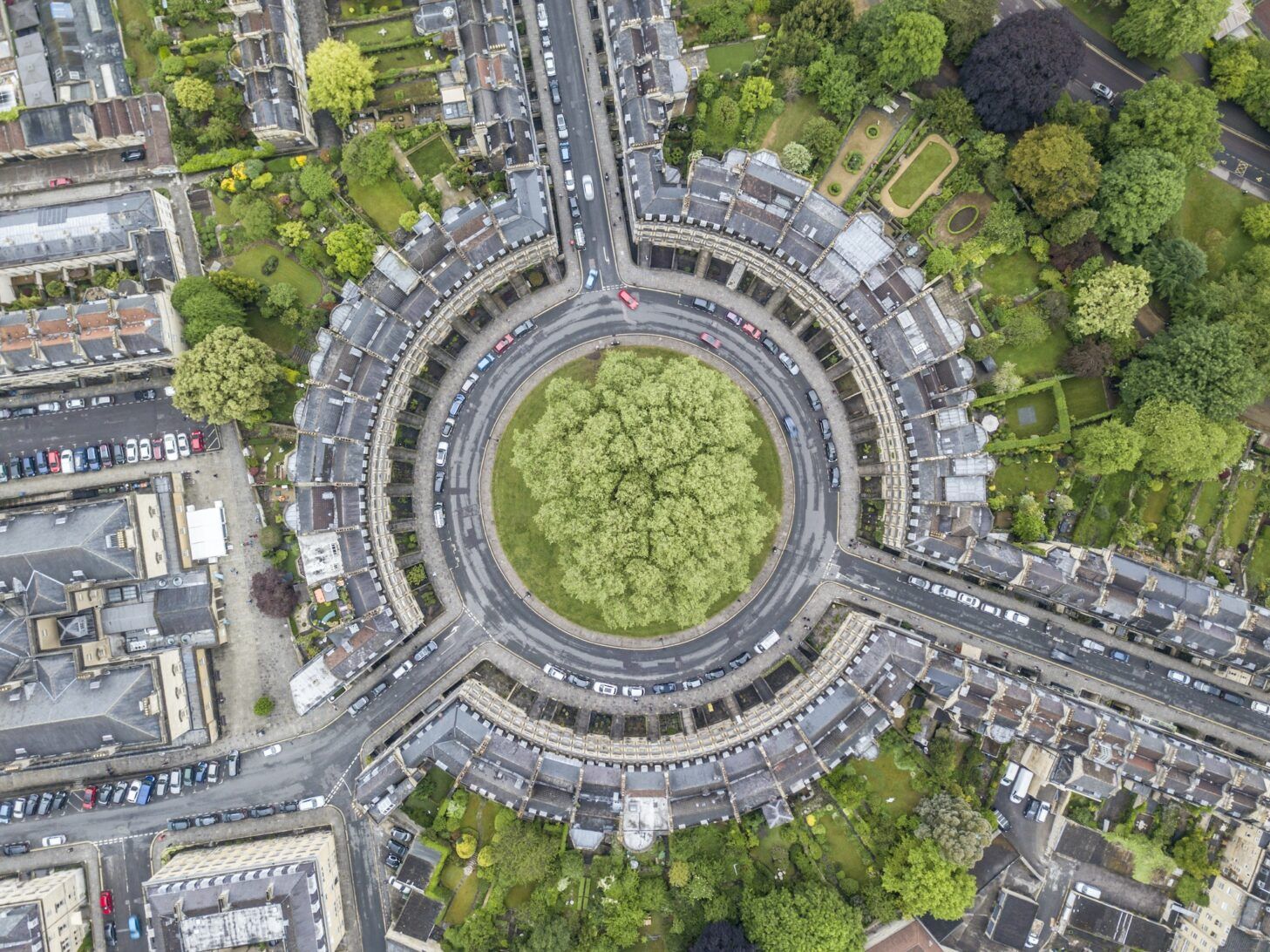Do you want to speed up a WordPress website? Fast-loading pages enhance the user experience, increase pageviews, and aid WordPress SEO. I’ll go through the most helpful WordPress speed optimization strategies in this article to help you improve WordPress performance and speed up your website.
Choose a better web hosting provider
The hosting of your WordPress website is a crucial component that determines the speed of a website. Hosting your new website on a shared hosting company that offers “unlimited” bandwidth, space, emails, domains, and other features may appear to be a fantastic choice. However, we often overlook the fact that shared hosting settings do not provide good loading times during peak traffic hours, and most do not provide 99 percent uptime in any given month.
Because you’re sharing server space with dozens of other websites, and there’s no way of knowing how many resources they’re using, shared hosting tends to be slower. Furthermore, you have no idea how well the servers are optimised. Thankfully, the web-hosting industry has progressed with technology, and cloud-hosting service fees have fallen over time.
Use a lightweight WordPress theme or framework
WordPress themes that include a lot of dynamic features, such as sliders, widgets, social icons, and other flashy elements, are very enticing to the eye. However, keep in mind that if they contain too many elements and larger page sizes, your web server will undoubtedly suffer. The best solution is to utilise lightweight themes in this case.
Optimize and Reduce image sizes
Images are the most significant contributions to a webpage’s size increase. The trick is to optimize and compress the images without sacrificing their quality.
The process will take a long time if you use the Chrome PageSpeed Insights extension, Photoshop, or any other tools to manually optimise the photos. Fortunately, there are plugins for almost anything you can imagine, including picture optimization.
Minify JS and CSS files
If you use the Google PageSpeed Insights tool to analyse your website, you will most likely be advised to reduce the size of your CSS and JS files. This means that you can enhance site loading performance by minimising the amount of CSS and JS calls and the size of those files.
Use advanced caching mechanisms with a caching plugin
WordPress caching plugins have been around for a while, making the difficult work of applying cache rules to your website parts a lot easier. Combining such plug-ins with advanced caching mechanisms can significantly improve the loading speed of your website and, as a result, WordPress.
Use a CDN
Visitors to your website come from all over the world, and it goes without saying that site loading times may vary depending on how far away they are from where your site is hosted. Many CDNs (Content Delivery Networks) are available to help reduce site loading times to a minimum for visitors from all around the world. A CDN stores a duplicate of your website in multiple data centres around the world. A CDN’s main job is to offer a webpage to a visitor from the closest possible location.
Deactivate or uninstall plugins
Keeping unnecessary plugins on your WordPress websites adds a lot of unnecessary garbage to your web files. Furthermore, it will increase the size of your backup and place an undue strain on your server’s resources while backup files are made. It’s best to get rid of the plugins you don’t use and look for other ways to automate or schedule chores using third-party services (like sharing of your latest posts to social media) to social media).
Keep external scripts to a minimum
External scripts on your web pages add a significant amount of data to your overall loading time. As a result, it’s advisable to employ a limited amount of scripts, such as tracking programs (like Matomo Analytics) or commenting systems (like Disqus).

Cleanup WordPress database
By deleting unnecessary data from your database, you can keep its size down while also reducing the size of your backups. Spam comments, false accounts, previous draughts of your work, and perhaps unwanted plugins and themes must all be removed. All of this will shrink the size of your databases and web files, allowing WordPress – your WordPress – to run faster. Plugins such as WP Sweep will help you with this.
Disable pingbacks and trackbacks
Pingbacks and trackbacks are two WordPress features that notify you when a link is posted to your blog or website. It may appear handy, but you can also use Google Webmaster Tools and other services to examine your website’s links.
Leaving pingbacks and trackbacks enabled can put an undue demand on your server’s resources. This is because every time someone tries to connect to your site, WordPress sends back and forth requests. When DDoS attacks are used to target a website, this functionality is often exploited.
You may disable this in WP-Admin > Settings > Discussion. Simply uncheck the box that says “Allow link notifications from other blogs (pingbacks and trackbacks).” This will help WordPress run even faster.
Conclusion
The most significant benefit of reducing your website’s loading time is that it will significantly improve your visitors’ experience. Whether they are utilising mobile devices or PCs, the situation is the same. It will also help you rank higher on the search engine results pages (SERPs). Reducing your hosting’s bandwidth usage and increasing site loading speed on the client-side will benefit you in both the short and long term.








